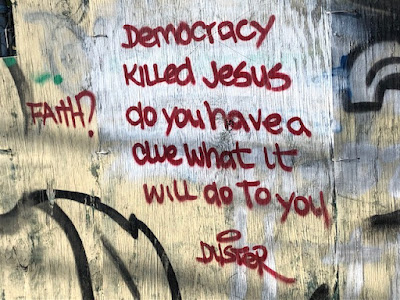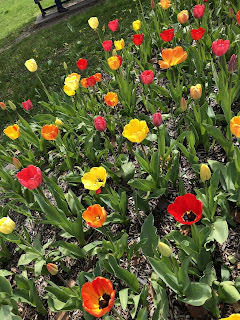Last week, an after-work ride zigzagged me through northern Bronx and Westchester County. Along the way I pedaled down a hill (I was on Tosca, my Mercian fixed-gear bike) to McLean Avenue in Yonkers. I had ridden McLean a number of times before but, ironically, last week was the first time since I’ve moved to my current place: From here, it’s only about 7 kilometers but about 30 from Astoria, depending on which route I took.
Anyway, on McLean, I couldn’t help but to notice a store that looked like it was being stripped to the walls. I stopped; indeed it was. Then I noticed a few bicycles, some with tags, bunched together in the middle of the floor.
I asked a man whether any of the ones without tags—which included a Cannondale road bike from, I believe, the ‘90’s, an early Schwinn Traveler and a Giant hybrid with a Brooks B17 saddle—were available. “They’re all accounted for. Sorry.”
I glanced to my left and saw another racing bike leaning against the wall. “Then I suppose that Eddy Mercx is also going to somebody.” He nodded.
I asked him why the shop closed. The shop’s founder retired; his son took over and things went downhill. There was a “sugar rush” early in the COVID-19 pandemic followed by a “crash”: when supply chains reopened and new merchandise was available, people who already bought bikes and accessories weren’t buying more, he explained.
Both parts of his story—the bike shop passing from one generation to the next and the pandemic boom-and-bust—are familiar narratives behind long-established bike shops that close. It later occurred to me, however, that there may be at least one other reason County Cycle Center has closed.
It was one of many family-owned businesses that have lined McLean, the main artery of a longtime Irish enclave that straddles that part of Yonkers and a slice of the Bronx next to Van Cortlandt Park. Like so much of my city and its surrounding areas, it’s changing as longtime residents die or retire to the Sun Belt and their kids and grandkids move away. County Cycle, which graced McLean for nearly six decades, seemed to be the sort of shop where parents bought their kids bikes for Christmas or their birthdays, and those kids would return to buy their kids bikes and, perhaps, “grown up” bikes for themselves. (It was an authorized Schwinn dealer and later took on Fuji, Trek, Cannondale and GT.) Such shops depend on relationships they develop with people in the community; when those people leave or die, those who move in—especially if they are young or from different cultural backgrounds—may not feel inclined to get to know members of the neighborhood’s “establishment.”
I inferred the story about the shop’s relationship to its community after I got home. I realized I had stopped in that shop on at least one earlier ride and remembered that the man I met—the founder?—was curious about my bike because it was something that didn’t normally pass through his shop. I think I bought a small tool or water bottle, and he was happy for my business.
He may not be able to get you a custom frame or a replica of whatever won the Tour or Giro or Vuelta this year. Folks who ride integrated carbon fiber cockpits may turn up their noses at him and his shop. But folks like him are interesting and thankful for small things. I will miss him and them, and their shops.








.jpg)



































